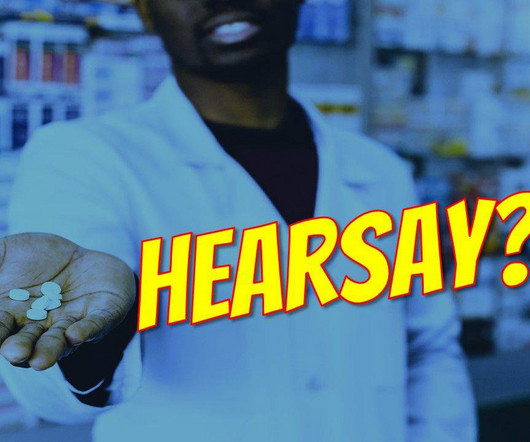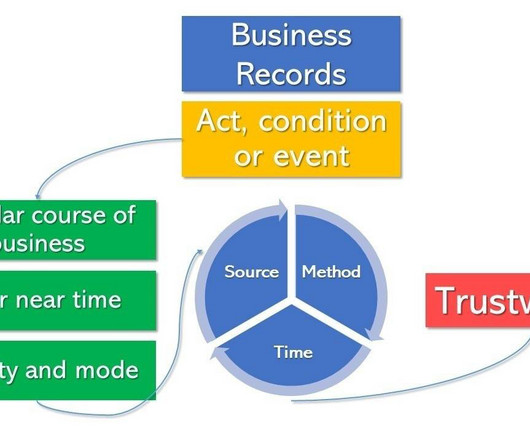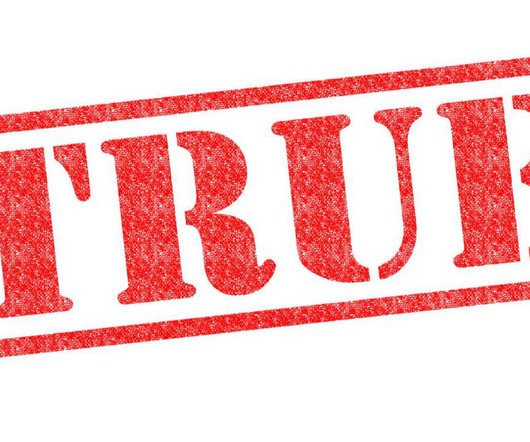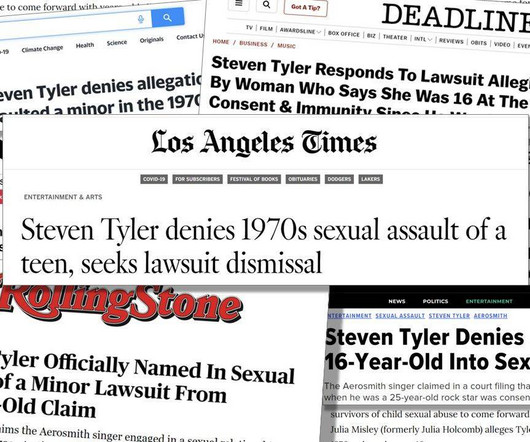Man Takes a Spoonful of Medicine: Hearsay??
Evidence at Trial
SEPTEMBER 9, 2024
Both the Federal Rules and California's Evidence Code define hearsay as a "statement" that is "offered to prove the truth of the matter" either "stated" (California) or "asserted" (Federal). And on most occasions, hearsay involves a "statement" as that term is generally understood. the existence of a headache] asserted.”












Let's personalize your content